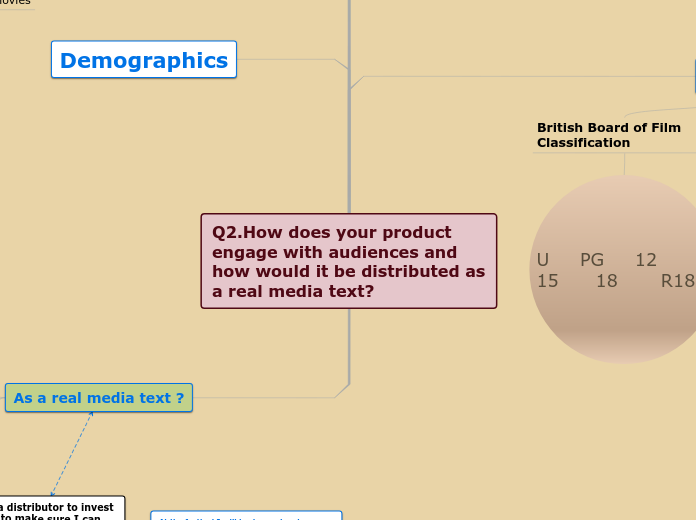Prototype: Bear, Bear, & Bare
Positive Examples: one/won, higher/hire, rose/rose.
Negative Examples: Chair/share, bear/care, can/van
Words in English that produce similar sounds.
Homonyms: words that sound alike or spelled alike, but have different meanings.
Homophones
Possible Misconceptions
Under-generalization: Homophones must be spelled differently and sound the same.
Over-generalization: All words that rhyme together are homophones (E.g. Pig and Fig)
Defining Features: Same exact pronunciation, but has the word different meaning.
Correlational Features: Spelling is the same.
Repetition
Target Audience
Attention Span
Ten to Fifteen Minutes
Girls:
Need to work with a partner to share thoughts and focus on writing with emotional connections.
Boys
Need more hands-on interaction, visual aids, and competition to learning new concepts.
Age Group: 8-10
Development
Gender Neutral trends
Vygotsky
Role of Language play a crucial part in helping student shape inner thoughts.
Piaget
Concrete Operational Stage
Concepts taught must be attached to concrete situations or things..
Interdisciplinary Connections
Sports: Practicing certain moves over and over.
Math: Multiplication is repeated addition (e.g 2x3 is 2+2+2)
Music: Certain sequences are repeated in a song (e.g. Chorus)
Language Arts: Repeated words in poetry for similar sounds.









